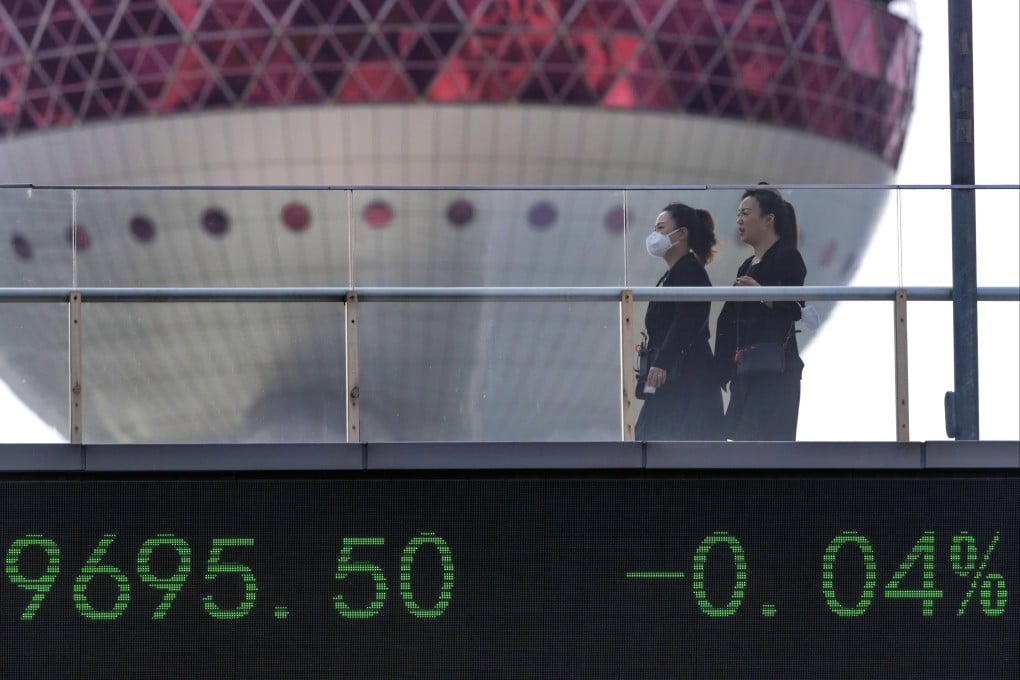Macroscope | How 2022 is shaping up to be a year of redemption for Chinese equities
- Chinese stocks are holding their own even as aggressive liquidity tightening and recession worries trigger sell-offs in the US and Europe
- With much of the bad news priced in and efforts to stabilise China’s economy bearing fruit, investors who reduced their China exposure would be wise to revisit their position

Fears of receding central bank liquidity and risks of a recession have curbed investors’ enthusiasm for holding risky assets, resulting in large drawdowns in global equity markets this year.
The Fed’s operation, which includes shrinking its balance sheet, is expected to significantly reduce liquidity in the real economy and financial markets in the coming years.
To make matters worse, the Fed is slamming on the brakes when the US economy is already showing signs of fatigue. Falling house sales, stalling retail spending and slowing job creation are just some recent signs of the economy struggling amid tighter financial conditions.
With the risks growing that the economy is reaching a tipping point, it is understandable why investors are hunkering down.
Similar behaviour can be seen in Europe, where the European Central Bank is increasingly expected to raise interest rates despite the risk of a recession. The Euro Stoxx 50 has fallen by about 20 per cent since its January high, entering a bear market. Meanwhile, the S&P 500 and Nasdaq have shed some 18 per cent and 27 per cent from their respective 2022 peaks.
